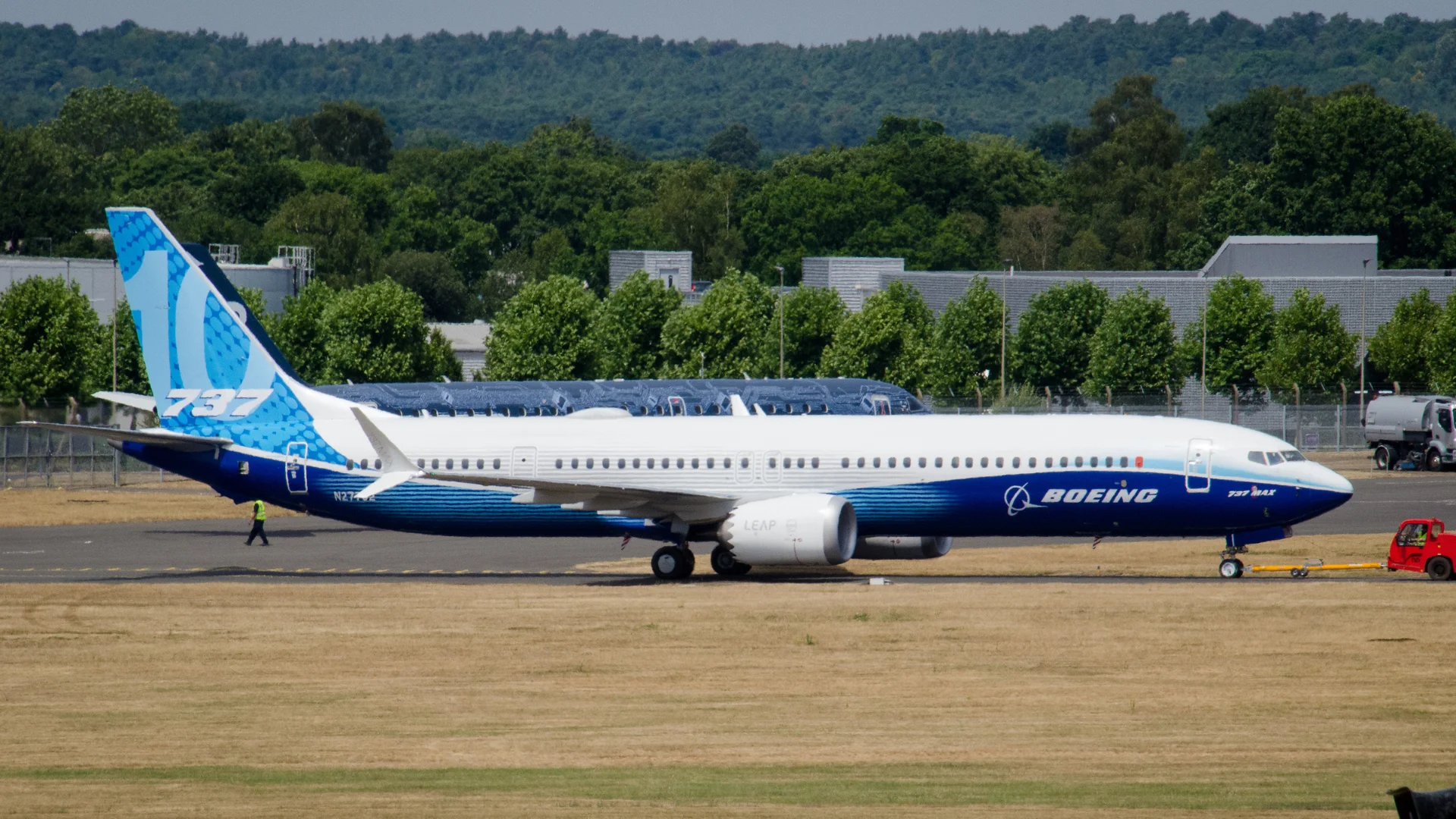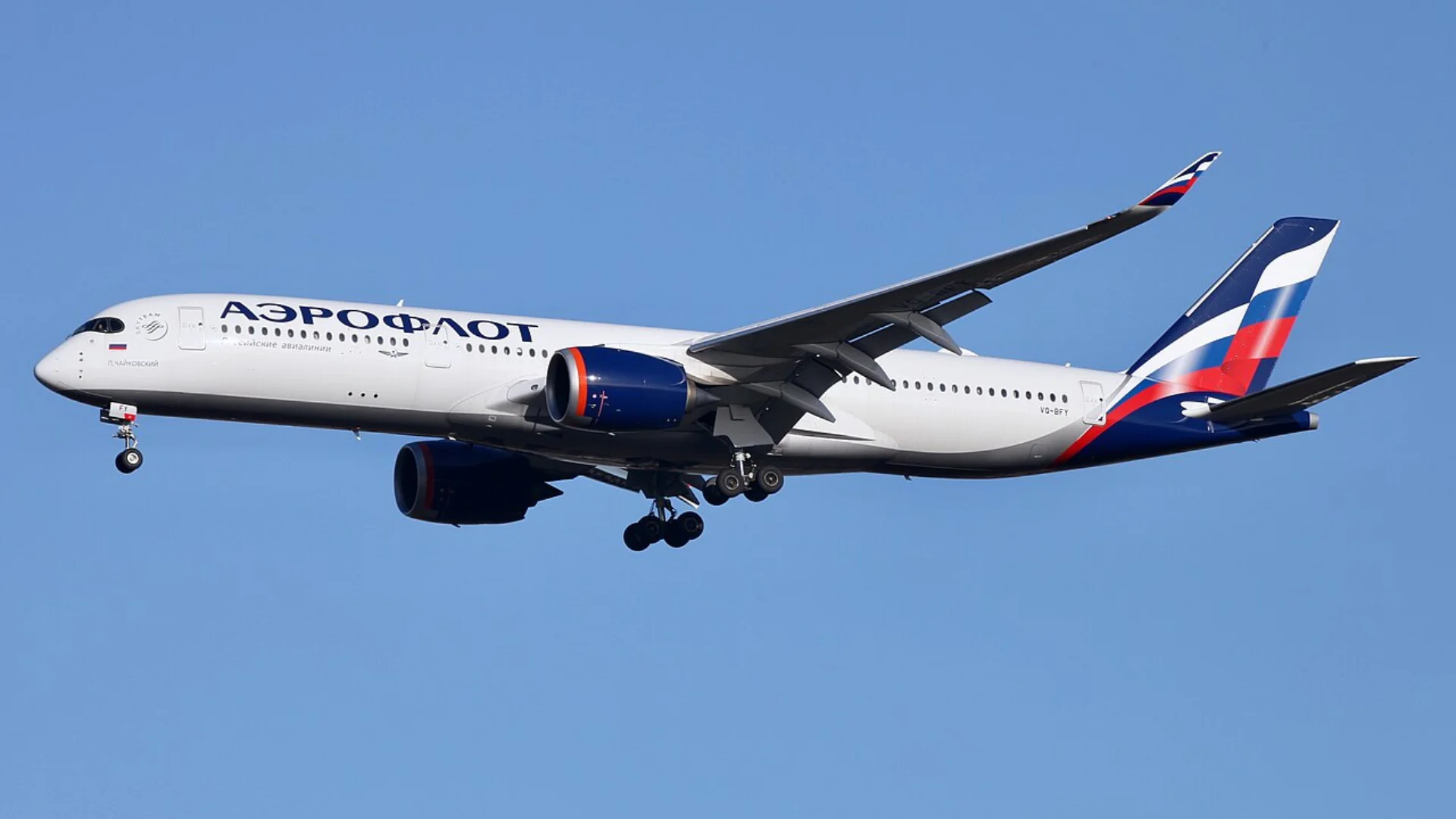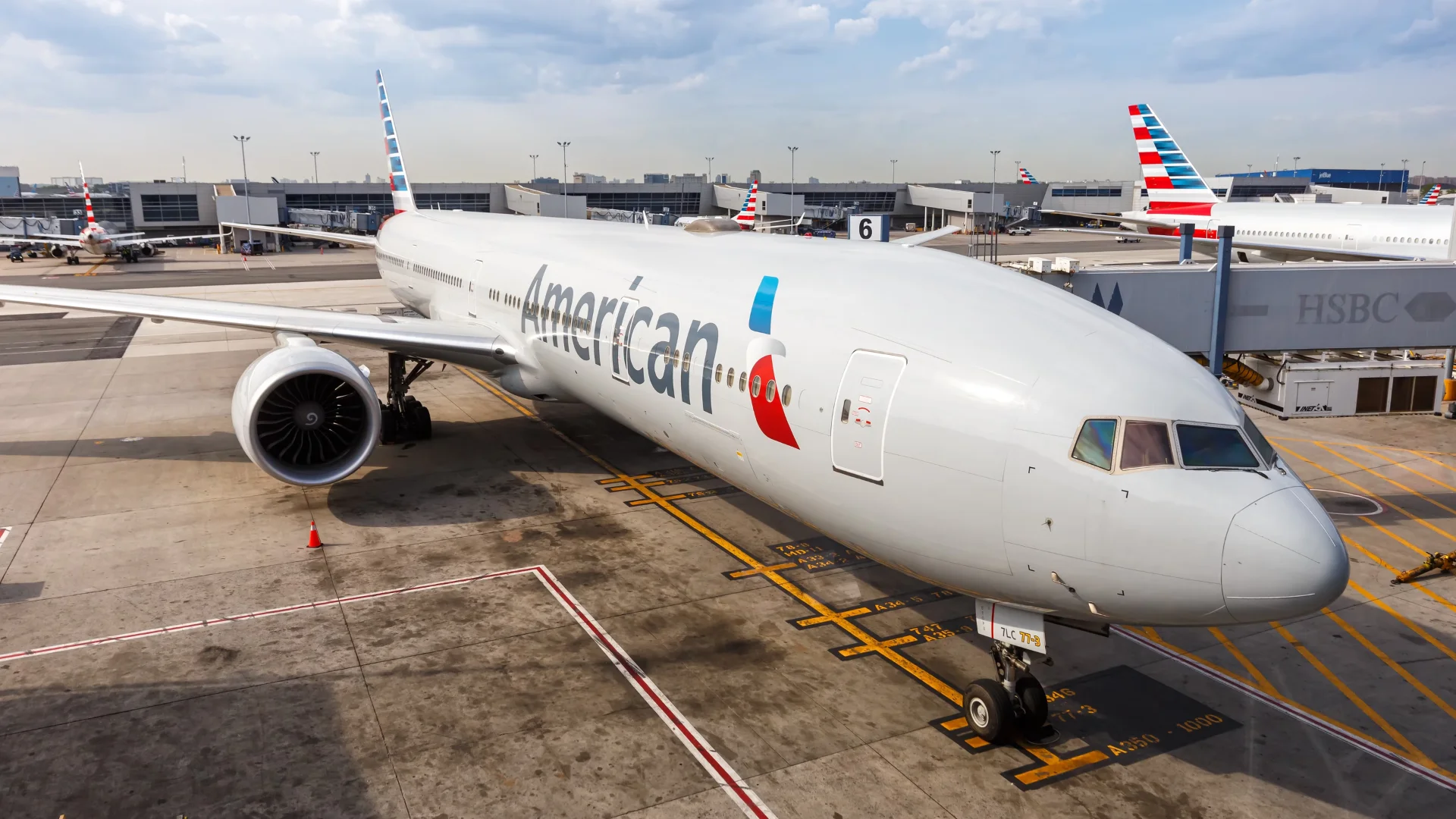Carriers calculate break-even load factors needed to recoup investments. Exceeding this target results in profits due to limited marginal costs associated with adding passengers. High load factors result in low per-unit costs because fuel consumption per passenger decreases.
Sometimes airlines sell tickets exceeding 100% capacity through overbooking, assuming some passengers won't show up. This practice gained attention after United Express Flight 3411 forcibly removed a passenger in May 2017. Warren Buffett noted that increased demand led airlines to overbook flights for higher load factors.
To understand how load factors are measured:
- Available Seat Miles (ASMs) are calculated by multiplying flight distance by available seats.
- Seat Miles Carried (SMCs) are calculated by multiplying flight distance by occupied seats.
For instance, if an airline operates six daily flights with 100 seats each but sells only 60 seats per flight, its load factor would be 60%. A weighted average of all route load factors provides the carrier's complete load factor.
Low-cost carriers like Ryanair focus on maintaining profitable load factors for every flight by monitoring them closely and canceling unprofitable routes quickly due to their point-to-point operation model without reliance on hubs.
Full-service network carriers aim for overall network profitability rather than individual route profitability. They prioritize connecting business travelers across their networks despite some unprofitable routes not meeting break-even targets. For example, United Airlines maintains multiple daily services between major hubs even if some don't meet break-even targets because these connections support larger network efficiency and competitiveness against other airlines flying similar routes.
 Alerts Sign-up
Alerts Sign-up





















